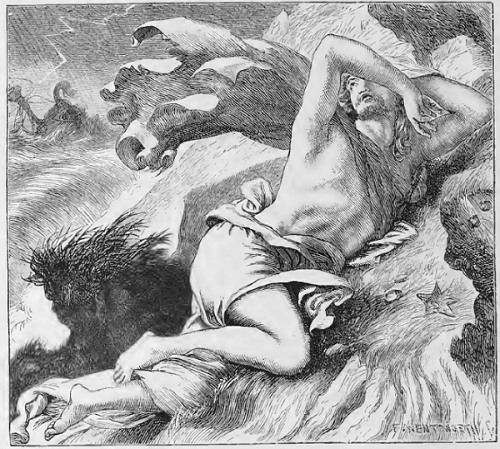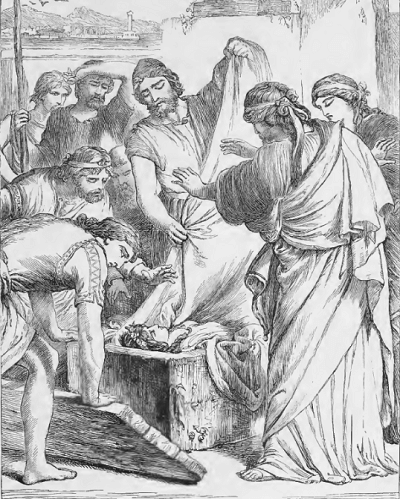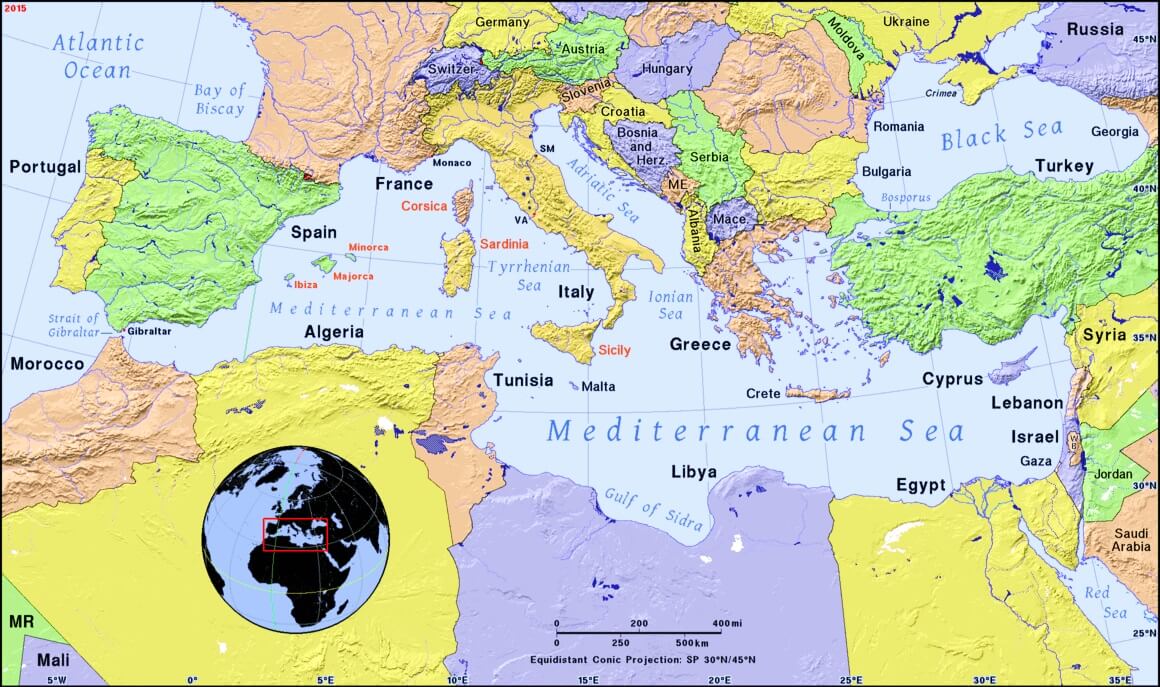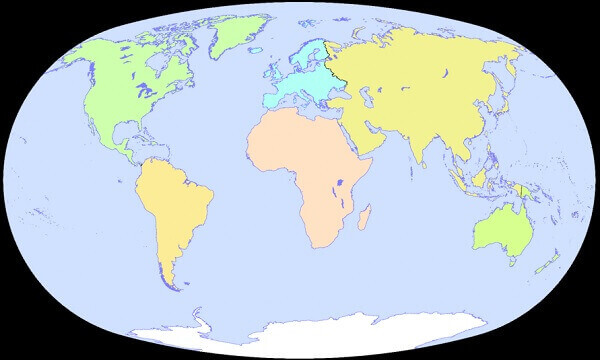Activity 1: Recite the Story Information
- Before and after reading or listening to the story, recite aloud the title and author of the play.
Activity 2: Narrate the Story
- After reading or listening to the story, narrate the events aloud in your own words.
Activity 3: See the Playwright and Poet William Shakespeare
- Study the controversial 'Cobbe portrait' below, which may be a real-life portrait of Shakespeare.
- The portrait contains the Latin phrase 'Principum amicitias!' which means 'The alliances of princes!'
Activity 4: Map the Play
The play, 'Pericles,' is set in many Mediterranean countries. Find the countries of the cities mentioned in Pericles:
- Antioch (Antakya), Tarsus, and Ephesus (Ephasis) Turkey
- Tyre, Lebanon
- Pentapolis (Cyrenaica), Libya
- Mitylene (Mytilene), Greece
- Point to the location of the Mediterranean Sea on the map of the world.
Activity 5: Can You Find It?
During the week, zoom in to study the illustration, 'Pericles Act II Scene I,' by H. C. Selous. Find the following:
- Pericles
- Shipwreck
- Mast
- Starfish
- Cape
- Lightening
- Crow's Nest
Activity 6: Cast the Characters

- Serve as the casting director and audition actors and actresses for parts in your play.
- Reuse the same laminated actors and actresses you employed for prior plays.
- Color, cut out, laminate, and attach the names of the characters found on page 38 of 'Fourth Grade Shakespeare Theater Pages.'
- Using what you know from reading the story, cast each character by Velcroing a label to the box under the actor or actress you feel is best suited for the role.
Activity 7: Create a Character Map

- Cut out the relationship connectors on page 38 of 'Fourth Grade Shakespeare Theater Pages.'
- Using what you know from reading the story, place the relationship connectors between the characters to show their relationships.
 Beautiful Stories from Shakespeare II
Stories from Shakespeare II
Beautiful Stories from Shakespeare II
Stories from Shakespeare II



 Beautiful Stories from Shakespeare II
Stories from Shakespeare II
Beautiful Stories from Shakespeare II
Stories from Shakespeare II






